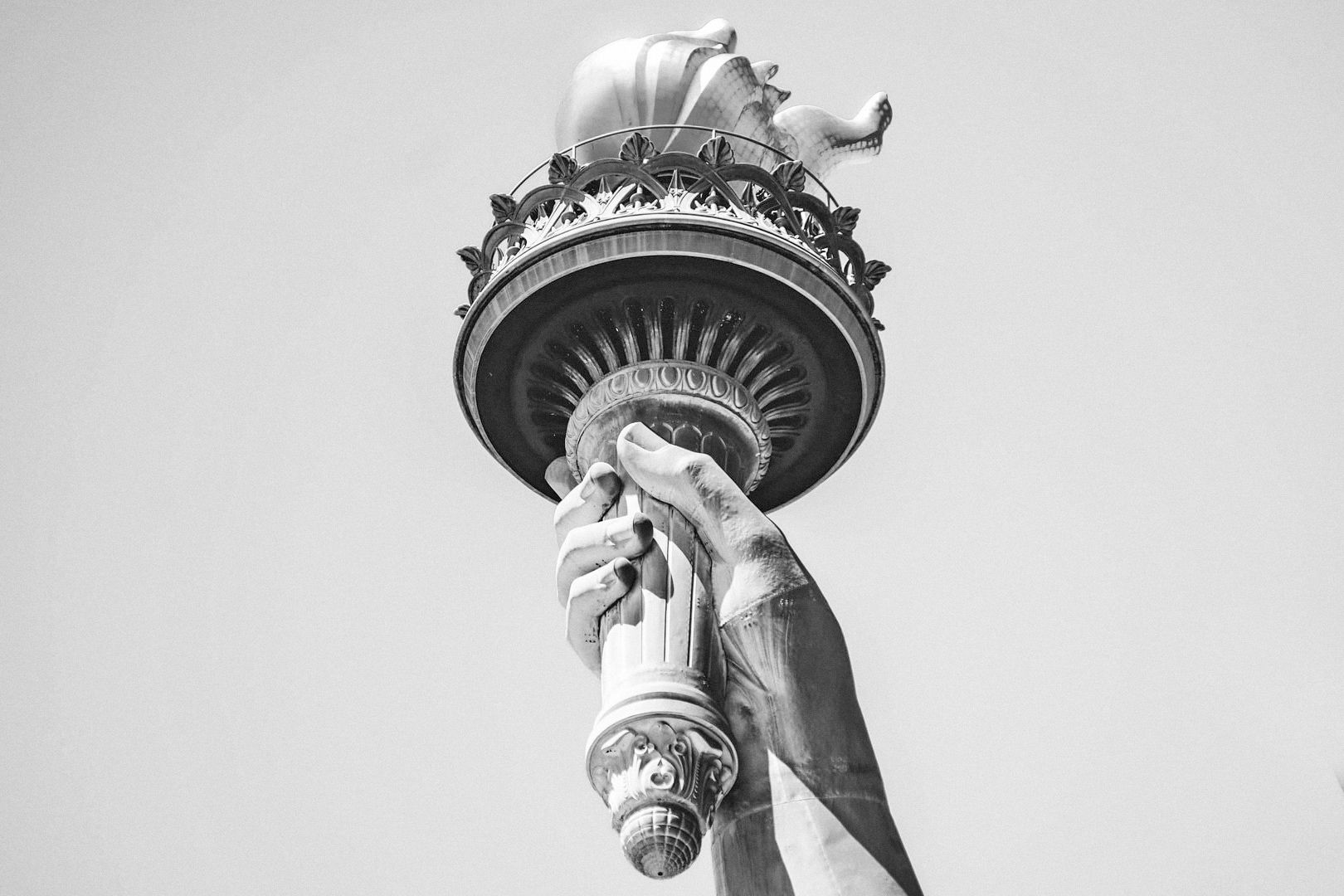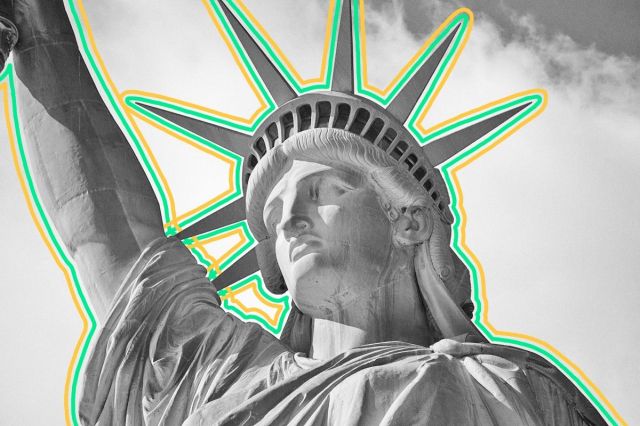
She Wasn’t a Gift From the French Government
The Statue of Liberty is often touted as a gift from France to the United States. However, the French government contributed nothing to its construction. The idea for the monument was initially proposed in 1865 by the French writer and politician Édouard de Laboulaye, whose motivations were multi-pronged. An abolitionist who was inspired by the end of the Civil War and slavery in the U.S., de Laboulaye wanted to create a monument to freedom and justice that would also inspire the people of France. The statue was also meant to celebrate the centennial of American independence, and the U.S. alliance with France during the Revolutionary War.
In 1875, Laboulaye became the president of a civic group called the Franco-American Union, which determined that the French citizenry would pay for the statue itself while the Americans would pay for the base. Fundraising began immediately, with France raising its share of the needed funds by 1880. The finished statue was exhibited in Paris in 1884, where a deed was signed to bequeath it to the people of the United States. Unfortunately, once the statue had been disassembled and shipped to New York Harbor in 1885, it became clear that the Americans had not yet raised enough funds to build the pedestal.
Enter newspaper magnate Joseph Pulitzer to the rescue. Pulitzer publicized the project and solicited donations, writing in his paper The New York World, “It is not a gift from the millionaires of France to the millionaires of America, but a gift of the whole people of France to the whole people of America.” Within six months, the World had collected more than $100,000 in donations, much of it in amounts of $1 or less. On October 28, 1886, President Grover Cleveland presided at the inauguration of the finished statue and pedestal.

Her Full Name Is “Liberty Enlightening the World”
Though she’s often known simply as Lady Liberty, the monument’s official name is “Liberty Enlightening the World,” or La Liberté éclairant le monde in French. Some say the seven spikes on her crown are meant to symbolize the seven seas and seven continents, but that fact is debated by historians (the spikes may just be meant as sun rays).

She’s Based on a Roman Goddess
The Romans worshipped liberty as a deity. Their goddess of freedom was named Libertas, and she had her own temple in Rome as far back as 238 B.C.E. Often shown as a woman in a flowing robe, this image of Libertas was one of the inspirations for the Statue of Liberty’s design. The goddess was no newcomer to American iconography, however: She’s featured on the New York State flag, as well.
More Interesting Reads

An Important Date Is Inscribed on Her Tablet
Visitors to the statue’s crown may be able to see “JULY IV MDCCLXXVI” inscribed on the tablet in her left hand. This date — July 4, 1776 — refers to the day the United States adopted the Declaration of Independence, a move that inspired many French citizens.
While the date is the only item inscribed on the statue itself, there’s an important plaque mounted inside the pedestal. This plaque contains the text of the poem “The New Colossus” by Emma Lazarus. The iconic lines — especially “Give me your tired, your poor, your huddled masses yearning to breathe free” — have become widely associated with the Statue of Liberty’s invitation to immigrants from all over the world.

She Received a Face-Lift for Her Centennial Anniversary Celebration
For the 100th anniversary of the statue in 1986, Lady Liberty received some much-needed renovations. Workers repaired holes in the copper skin and replaced its rusting armature bars with stainless steel ones. But the statue’s torch received the most pronounced upgrade: It was completely replaced by a 24-karat gold-plated replica. The original, which was made of copper and weighs 3,600 pounds, is now on display in the Statue of Liberty Museum on Liberty Island.











